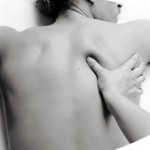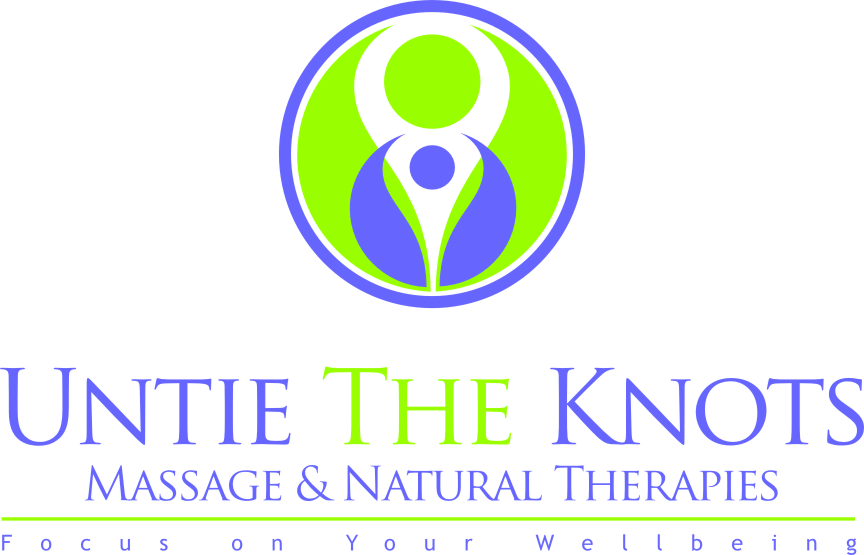A reader asks:
| I would like to know more about trigger points. I mean what are trigger points and how do we locate them? Also how it helps in massage. |
In a nutshell, trigger points are areas of hyper-irritable tissue within muscles or fascia (connective tissue), usually along lines of stress or tightness. While some trigger points share ‘real estate’ with acupressure or meridian points used in Chinese Medicine, the intention of the practitioner and their desired outcome determines how those points are used. The result of trigger points includes pain, muscle weakness, reduced range of motion, and can affect not only the muscle with the trigger point, but referred areas or satellite points away from the original trigger point.Trigger points can be caused by:
- acute overload, overwork, fatigue, improper sleep
- direct trauma (eg a knock from a ball) or accident trauma (eg car accident),
- a draft or chill,
- skeletal asymmetry such as short leg or pelvic imbalances
- Food or other intolerance, disease or infection, stress
- other trigger points can cause new points to occur
 Trigger point massage is not a relaxing, “fluff and buff” technique – in fact, it will probably be uncomfortable. Most times the therapist can feel a taunt band and/or nodule within the muscle tissue and will treat this by applying finger (or elbow) pressure. The client needs to let the therapist know how painful the point is and when the pain level decreases and stops. Once the trigger point has resolved, the therapist may use other techniques such as longitudinal gliding to help flush out any toxins from the area. Your therapist may also suggest after care treatment such as stretches and/or different ways of moving to ensure the trigger points do not re-occur. You may find you are a little sore a day or so after the massage and I highly recommend drinking more water to help with this.
Trigger point massage is not a relaxing, “fluff and buff” technique – in fact, it will probably be uncomfortable. Most times the therapist can feel a taunt band and/or nodule within the muscle tissue and will treat this by applying finger (or elbow) pressure. The client needs to let the therapist know how painful the point is and when the pain level decreases and stops. Once the trigger point has resolved, the therapist may use other techniques such as longitudinal gliding to help flush out any toxins from the area. Your therapist may also suggest after care treatment such as stretches and/or different ways of moving to ensure the trigger points do not re-occur. You may find you are a little sore a day or so after the massage and I highly recommend drinking more water to help with this.
Depending on your history, you may have more than one area with trigger points however, I do not recommend treating all trigger points in one session due to the level of discomfort you may experience. With regular massages and good communication, the therapist and client can work together as a team to maximise the effectiveness of each treatment.

